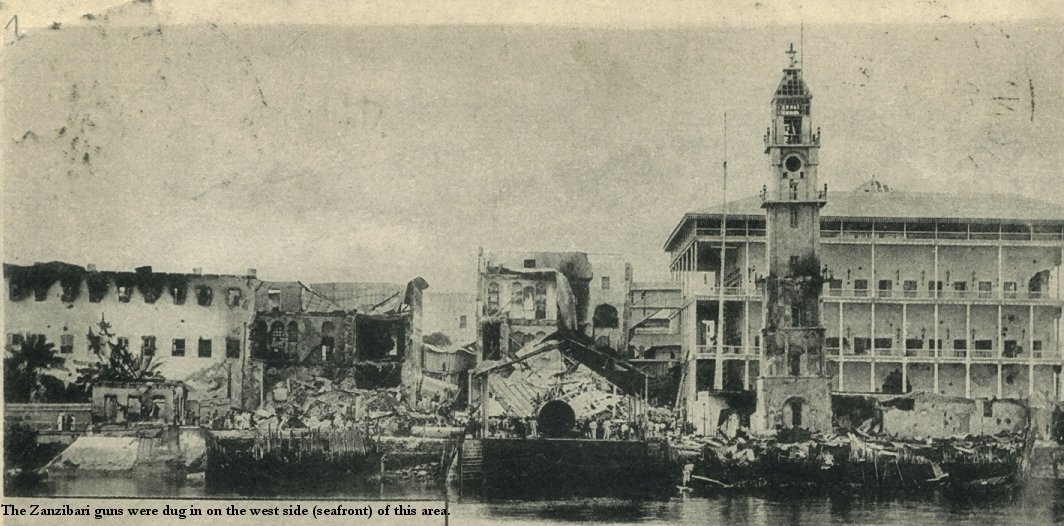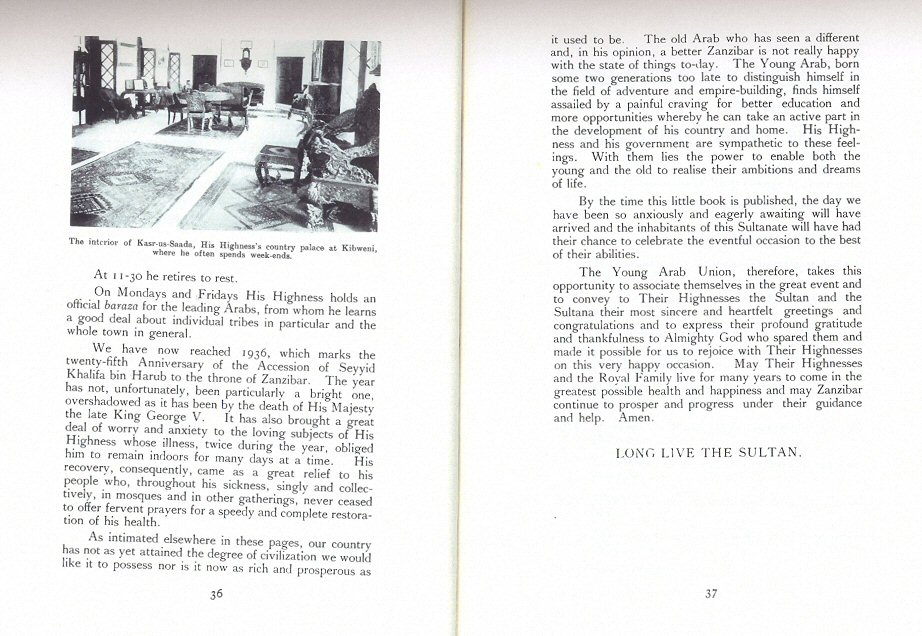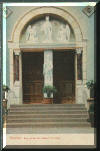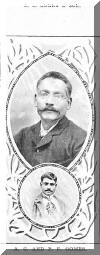Goa and Zanzibar
The Goan presence in Zanzibar is now hundreds of years old . Though always small in numbers the enduring presence of talented Goan merchants, teachers and craftsmen allowed them to leave quite a mark on Zanzibar history and society.
A Goan presence in the early exploration of East Africa must also be noted. In 1856 the explorer Richard Burton traveled to Bombay with his second in command Lt John Hanning Speke, in order to obtain leave for Lt. Speke from the Indian Army. There Burton engaged two Goans as traveling assistants. They were Valentine Rodrigues and Gaetano Andrade.
They traveled with Burton to Zanzibar in December that year and in January 1857 they accompanied him on short coastal explorations, traveling to Mombasa, Tanga and Pangani. Then on June 16 they crossed to the mainland and after hiring more porters in Bagamoyo they and almost 200 others marched out toward the vastness of central Africa looking for the source of the Nile.
Both Goans would survive this arduous trek which lasted almost two years. Gaetano Andrade was one of only 35 men who made the last push with Speke when Burton fell ill. These 35 men marched the last 226 miles in 25 days. Finally on August 3,1858 they stood together on a small hill overlooking that huge inland sea that Speke named Lake Victoria.
Back in Zanzibar in 1859 and despite some complaints by Burton about the performance of some of his workers including the two Goans, they were paid off. Speke in responding to these complaints noted that "it was simple justice to give them their pay, for they came through with us to the last..." He also noted that "Valentine Rodrigues picked up Swahili and was handy at cooking and sewing, while Gaetano Andrade was a kindly nurse and, though physically weak, courageous."
It is unknown if Rodrigues and Andrade stayed on in Zanzibar but it is clear that other Goans soon arrived. In 1870 a British physician recorded that there were 31 Goans living in Zanzibar City. By the1948 census 598 people of Goan ancestry are recorded to live on Unguja Island and 83 goans were recorded to reside on Pemba. This gives us a total Goan population in Zanzibar at the middle of the 20th century of 681 individuals.
Goans continued to trickle into Zanzibar over the next few years and by the next census in 1958, in which ethnic groupings had been abandoned in favor of recording place of birth and primary language spoken, the indigenous goan families were not identified as such but still there were 313 residents of the Isles who were identified as having been born in Goa and even 85 people who indicated Konkani was their primary language.
Who were these people? How did they live their lives?
The following images and text attempt to shine some light on this important minority and to perhaps spur more study of the contributions they made and the struggles they endured during their long sojourn in East Africa.
In old Stone Town there was a Goan social club and a Goan Sports Club but the heart of the community was the Cathedral.
After religion, education of the children was the highest priority of the Goan community on Zanzibar. They enthusiastically participated in the operation of St. Joseph's School, many of the teachers were Goan. There was also a small school in Pemba.
After religion and education came the economic priorities of life. In commerce no one surpassed the Goan businessmen for industry, creativity and hard work. Goans excelled in both government administrative and professional positions and in the trades. Jewelry and Photography were fields they once dominated on the Isles. The streets seems full of Goan shops in the old photographs.
There were also Goan artists, landscape designers and musicians in old Zanzibar. The Sultan's excellent Band had many Goan musicians and for more than 10 years was lead by a Goan Bandmaster; Isaac Koth D'souza.
 In
most all public events in old Zanzibar there were sure to be Goans in
attendance. As in this 1880's description of a parade.
In
most all public events in old Zanzibar there were sure to be Goans in
attendance. As in this 1880's description of a parade.
"This A.M. I saw the Sultan... Hewent down to call on the English Counsel General and passed our house. The road on one side from the Palace to the English Cousin General's house was lined by soldiers. First came the band playing 'God save the Queen.' This band is fine. They are all Europeans. Their equipments are fine, their uniform red and gold with white pants, and their playing is really good.50 ... Then came lots and lots of old bucks and Arabs...then came afew fine looking old fellows in gorgeous uniforms, then moreArabs, one of whom was the Sultan, then drums and fifes and more soldiers, then the greater part of the natives of Zanzibar."
This is from "The Zanzibar letters of Edward Ropes Jr." by Norman Bennett. Bennett's footnote #50 reads: "The members of the band were from Goa; in 1881 it's director was a German. Durand,Zambeze, 22."
(D'souza was bandmaster c. 1890 to 1900.)
In the end any study of a group of people comes down to looking at specific individuals as representative of that group. Below are some brief biographies of a few such representatives.
Written and compiled by Torrence Royer
All rights reserved.

































































